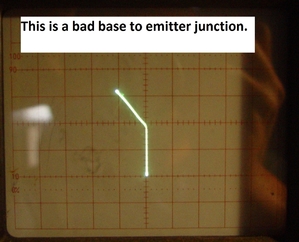gentlemen,
here is a link to an older webpage that some of you may recognize from a few years ago.
the company name is Electronic Energy Source, and im not sure if they are still in business or not.
http://www.electronicenergysource.com/OscopeProbe.htm
on this page, he is talking about a custom scope probe that he built that allowed him to test components by how they show up on the scope.
i found this kind of cool and was wondering if anyone knew what circuit he used to do this, and where i might find a schematic so i can build my own.
thanks in advance for any info!
LC
here is a link to an older webpage that some of you may recognize from a few years ago.
the company name is Electronic Energy Source, and im not sure if they are still in business or not.
http://www.electronicenergysource.com/OscopeProbe.htm
on this page, he is talking about a custom scope probe that he built that allowed him to test components by how they show up on the scope.
i found this kind of cool and was wondering if anyone knew what circuit he used to do this, and where i might find a schematic so i can build my own.
thanks in advance for any info!
LC





